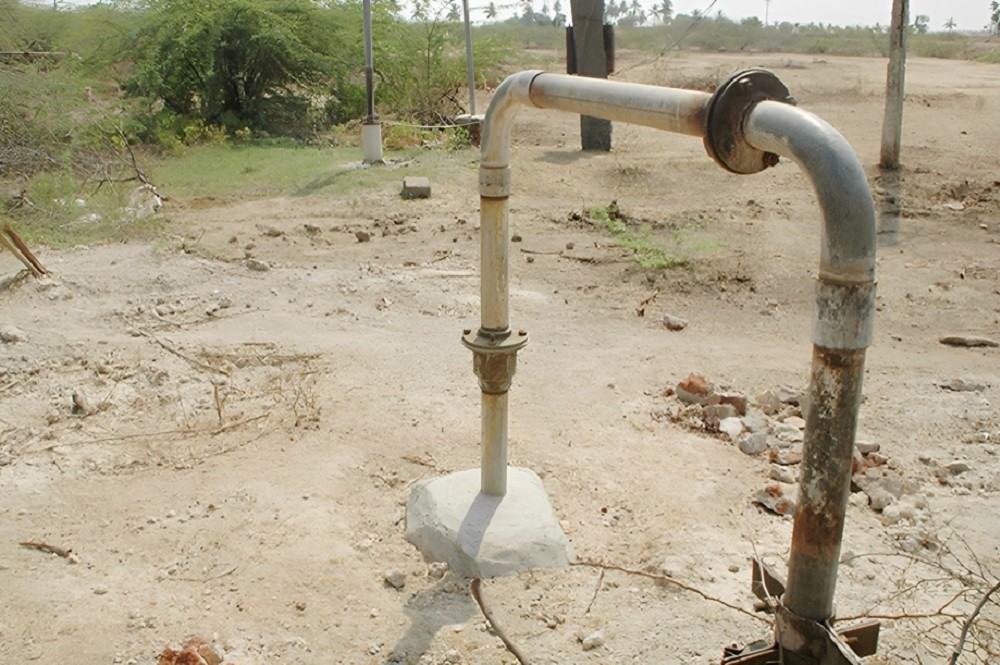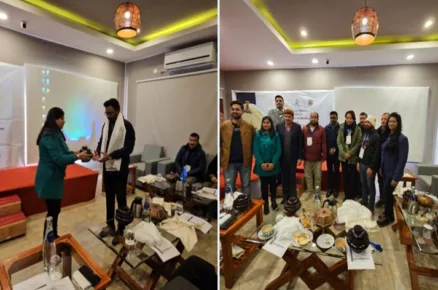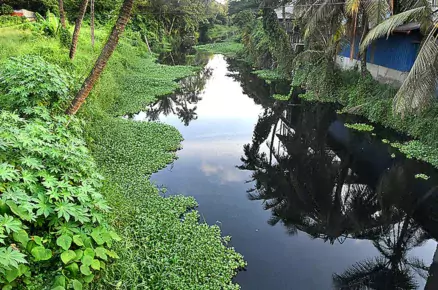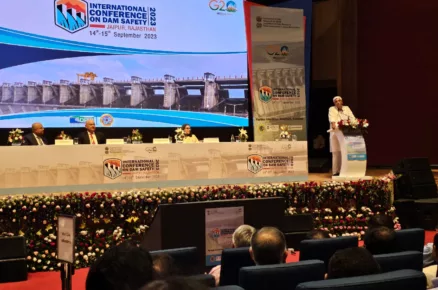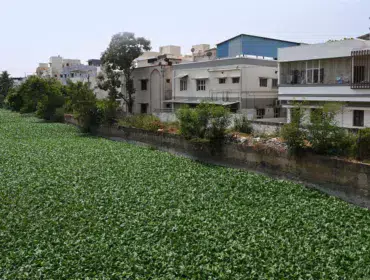A centralised network would help “provide groundwater forecasts to farmers that would be useful for sowing, and updated advisories can influence groundwater extraction policies.
WD News: The Jal Shakti Ministry is embarking on an ambitious plan to build a massive network of groundwater sensors that will continuously send information on groundwater levels and contamination levels down to the taluk level.
Currently, such data is only measured a few times each year and communicated through Central Groundwater Board publications. Establishing a network that will continuously measure groundwater quality, feed it into a centralised network like the National Water Informatics Centre (NWIC), and make it available for monitoring would make groundwater visible in the same way that air quality, meteorological variables – air pressure, moisture, precipitation – are now, according to Subodh Yadav, Joint Secretary, Department of Water Resources.
“We could potentially provide farmers with groundwater forecasts that would be useful for sowing, as well as updated advisories that could influence groundwater extraction policies by states,” he added. “With the exception of information on water flow governed by international treaties, the majority of this information will be available to the public.”
In the future, there will be 67,000 recordable units. Currently, the Central Groundwater Board relies on a network of approximately 26 thousand groundwater observation wells, which require technicians to manually measure the quality of groundwater in a region. Around 16,000-17,000 digital water level recorders will be linked to piezometers in wells under the new effort. Piezometers measure groundwater levels, and recorders send the data digitally.
The CGWB intends to expand its network from 26,000 to 40,000 in the next three years. When paired with similar networks owned by other organisations such as state bodies, agriculture departments, and meteorological departments, India will have approximately 67,000 digitally recordable devices to monitor groundwater dynamics. “This is a continuous process, and we will have to keep increasing our monitoring for better, higher resolution data,” Yadav explained.
Source: Krishi Jagran
Image courtesy: The Hindu




